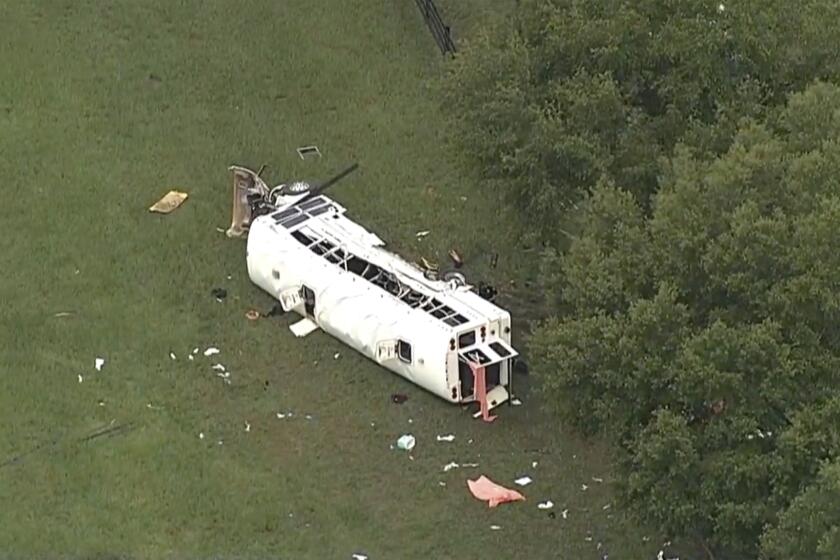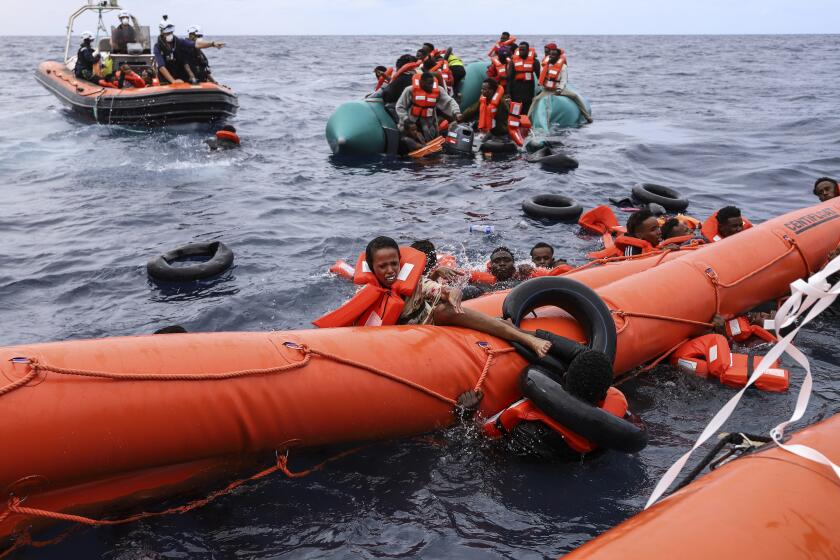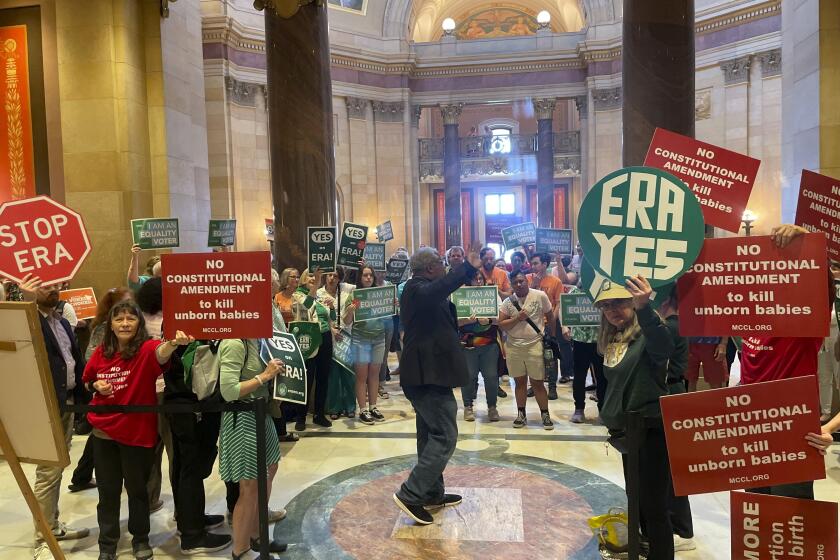Second-Longest Shuttle Flight Ends Safely
The space shuttle Columbia and its crew returned safely Friday from the second-longest trip in shuttle history, a two-week journey that provided tips for building a better space station.
The research mission ended just an hour short of the longest shuttle flight, made by Columbia last year.
“It would have been nice to get the record, but it was a great flight,” shuttle commander John Casper said before heading home to Houston. “We’re really pleased with it. I think we did a lot of good things.”
Scientists called the mission a success.
“We bring home a treasure which I believe is of considerable value,” said Peter Curreri, National Aeronautics and Space Administration mission scientist.
The 100-ton shuttle sailed through a clear morning sky and landed on time at the space center.
Aerial TV views showed Columbia fishtailing on the runway before coming to a stop, unusual but of no concern to shuttle managers. Casper said he was just trying to stay on the center line.
A few objects were seen falling off NASA’s oldest shuttle as it rolled down the runway; they turned out to be devices for deploying the drag chute. An inspection later revealed some missing pieces: six thermal covers from the nose-wheel compartment and one thermal tile from the same area.
“It’s not a normal situation that they fly off like that, but it did not endanger the vehicle or the crew,” NASA spokesman Bruce Buckingham said.
The 5.8-million-mile mission, which began March 4, featured 11 major science experiments worth nearly $100 million. Most were commanded by remote control from the ground--a method called “telescience”--leaving the astronauts tending to such chores as medical and engineering tests, and rat and plant checks.
More to Read
Start your day right
Sign up for Essential California for news, features and recommendations from the L.A. Times and beyond in your inbox six days a week.
You may occasionally receive promotional content from the Los Angeles Times.






